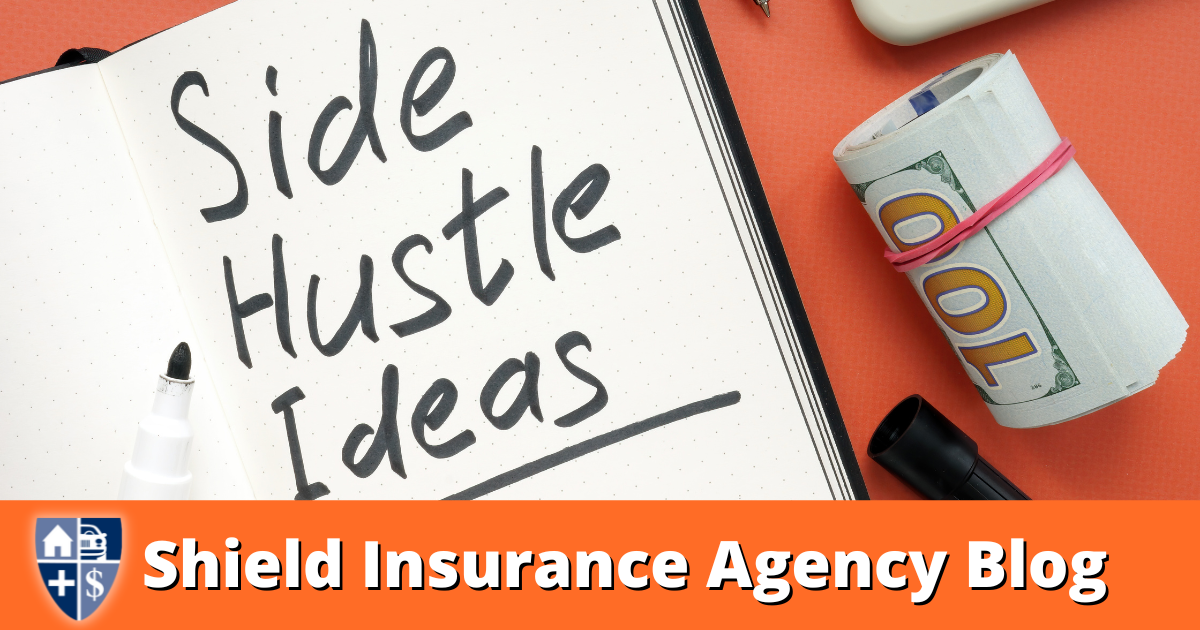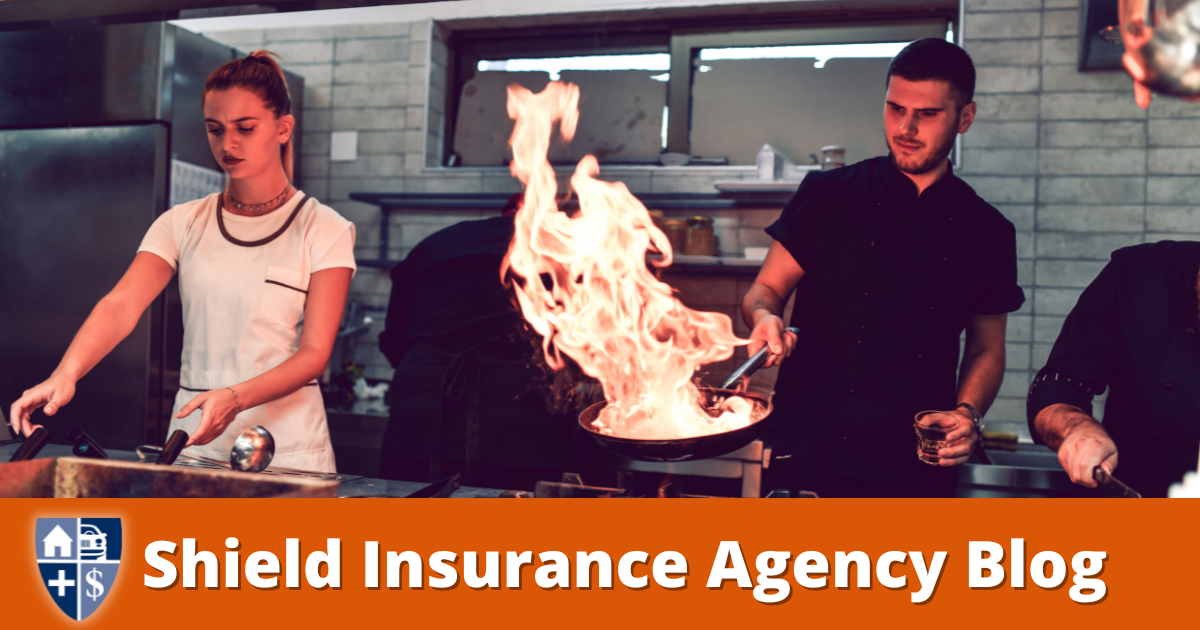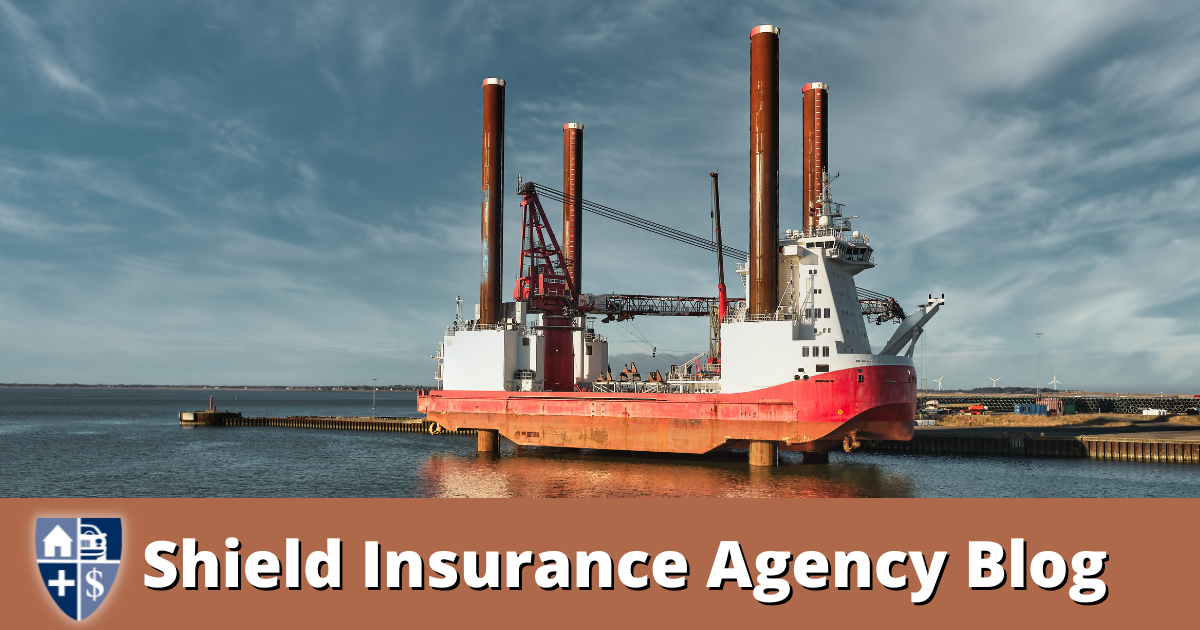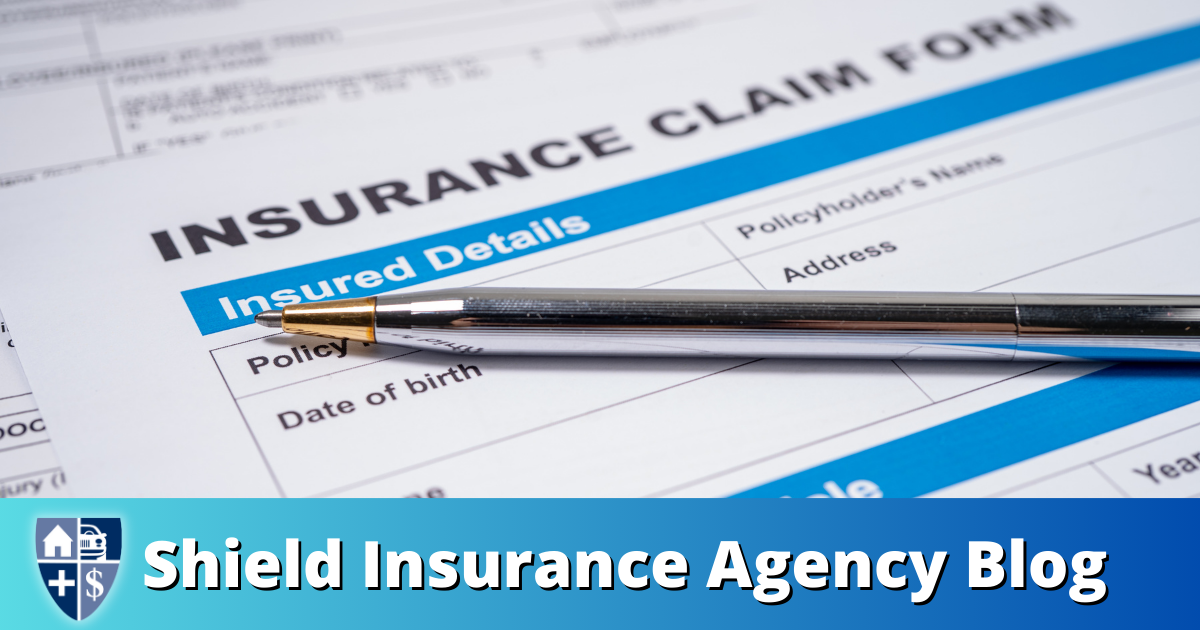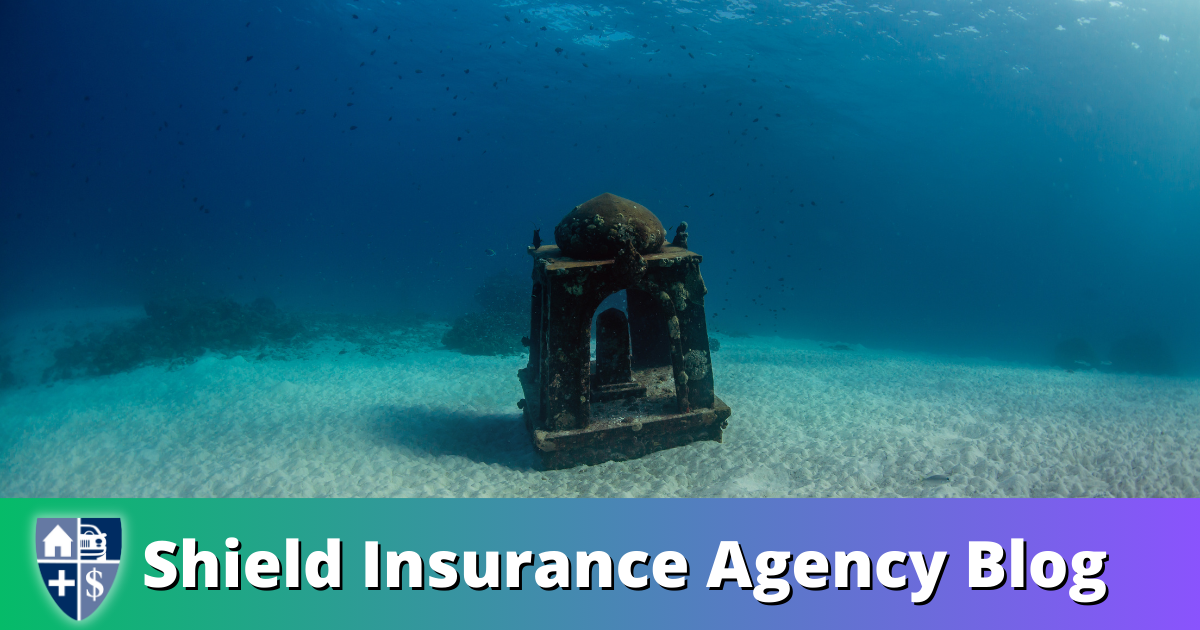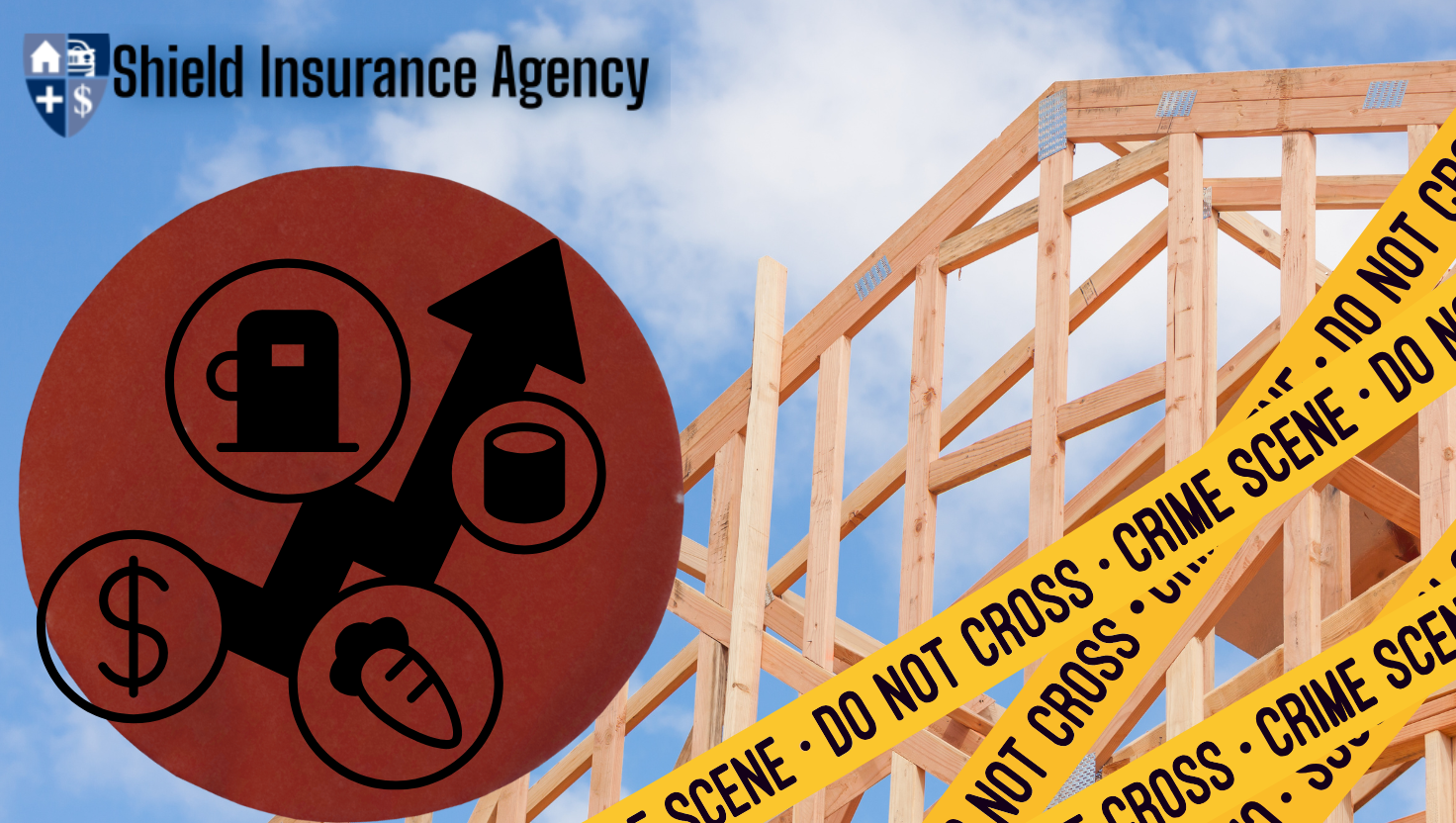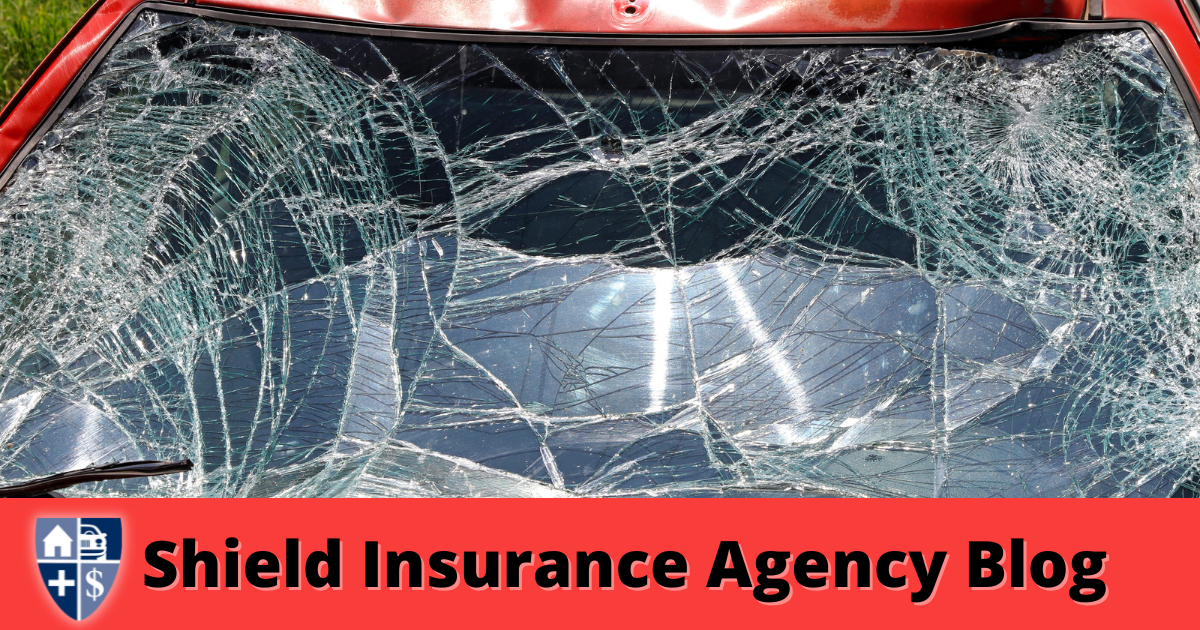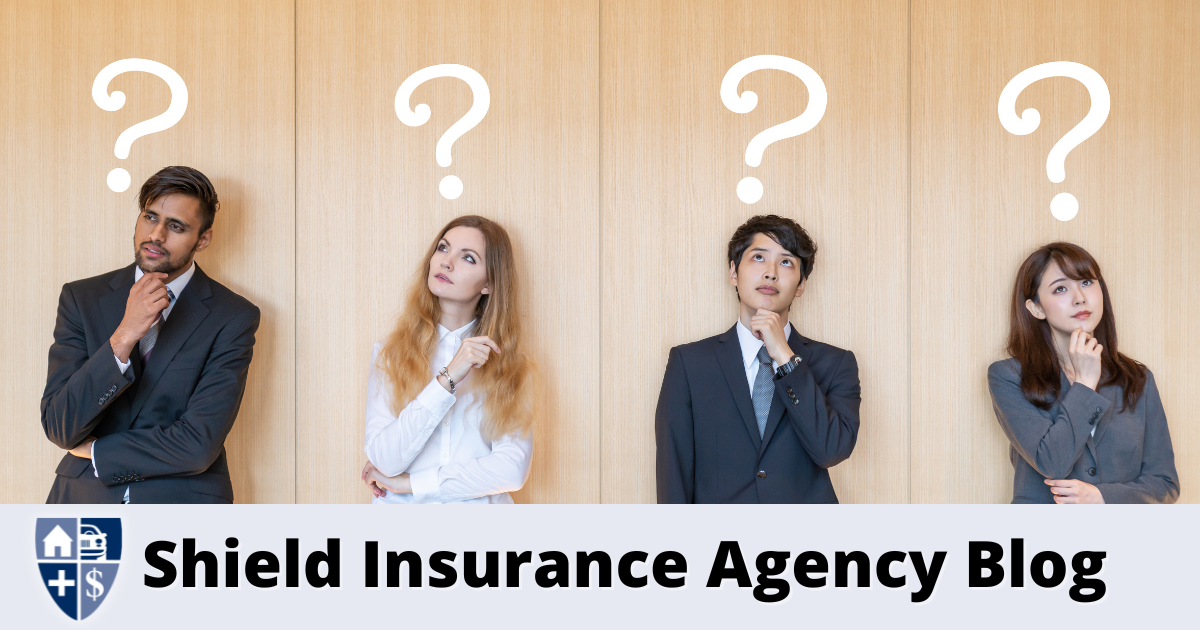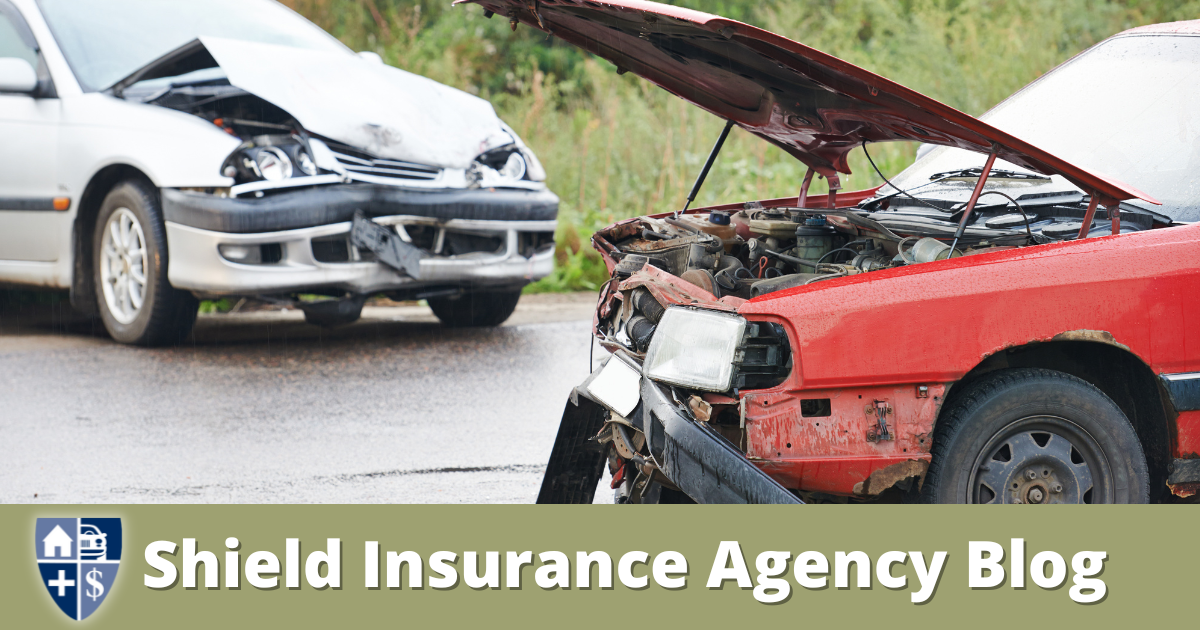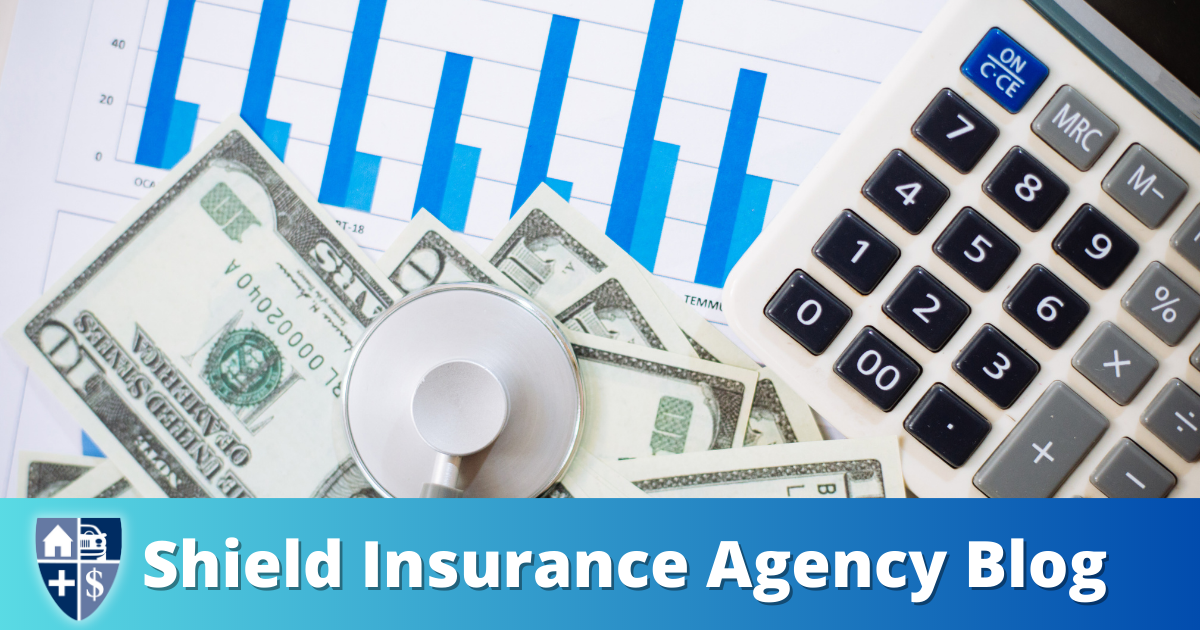
Discover the Hidden Benefits of Medical Pay Coverage on Your Car Insurance
Shield Insurance Agency Blog | Medical Pay Coverage | Contact Shield Today | Start A Quote
Car accidents can happen unexpectedly, leaving individuals with not only physical injuries but also financial burdens. In such situations, having the right insurance coverage can make a significant difference. One important aspect of car insurance that often goes unnoticed is Med Pay coverage. In this blog post, we will explore what Med Pay coverage is, its benefits, and why it is essential to consider when purchasing a car insurance policy. Additionally, we will introduce Shield Insurance Agency, a trusted provider representing over 40 insurance companies, and provide contact information for those interested in obtaining a free quote.
Understanding Medical Pay Coverage:
Med Pay coverage, short for Medical Payments coverage, is an optional add-on to a car insurance policy that helps cover medical expenses resulting from a car accident, regardless of who is at fault. This coverage is designed to provide immediate financial assistance for medical bills, regardless of whether the injured party has health insurance or not. Med Pay coverage typically covers expenses such as hospital visits, surgeries, X-rays, ambulance fees, and even funeral costs in the event of a fatality.
Benefits of Medical Pay Coverage:
- Immediate Financial Assistance: Med Pay coverage ensures that medical expenses are covered promptly, allowing individuals to focus on their recovery rather than worrying about mounting bills.
- No-Fault Coverage: Unlike liability coverage, Med Pay coverage is not dependent on determining fault in an accident. It provides coverage regardless of who caused the accident, making it a valuable asset in situations where fault is disputed or unclear.
- Supplemental Coverage: Med Pay coverage can act as a supplement to health insurance, covering deductibles, co-pays, and other out-of-pocket expenses that may not be fully covered by health insurance policies.
- Coverage for Passengers: Med Pay coverage extends to passengers in the insured vehicle, ensuring that their medical expenses are also covered in the event of an accident.
- Peace of Mind: Knowing that medical expenses will be taken care of in the event of an accident can provide peace of mind to policyholders and their families, alleviating the stress associated with unexpected medical bills.
Why Choose Shield Insurance Agency:
Shield Insurance Agency is a reputable insurance provider representing over 40 insurance companies. With their extensive network of insurance carriers, they can offer a wide range of coverage options tailored to individual needs. Their experienced agents are well-versed in the intricacies of Med Pay coverage and can guide customers through the process of selecting the right policy.
Contact Shield Insurance Agency for a Free Quote:
For those interested in obtaining a free quote for car insurance or learning more about Med Pay coverage, Shield Insurance Agency is just a phone call away. By dialing (616) 896-4600, individuals can speak with a knowledgeable agent who will provide personalized assistance and answer any questions. Alternatively, the quoting process can be initiated by visiting the provided link, where an agent will be in touch soon to discuss specific insurance needs.
Med Pay coverage is an essential component of a car insurance policy that provides immediate financial assistance for medical expenses resulting from a car accident. Shield Insurance Agency, representing over 40 insurance companies, is a trusted provider that can help individuals find the right coverage to suit their needs. Whether it’s obtaining a free quote or learning more about Med Pay coverage, Shield Insurance Agency is committed to providing excellent customer service and ensuring that individuals have the necessary protection in place. Don’t wait until it’s too late – contact Shield Insurance Agency today to secure the peace of mind you deserve.




